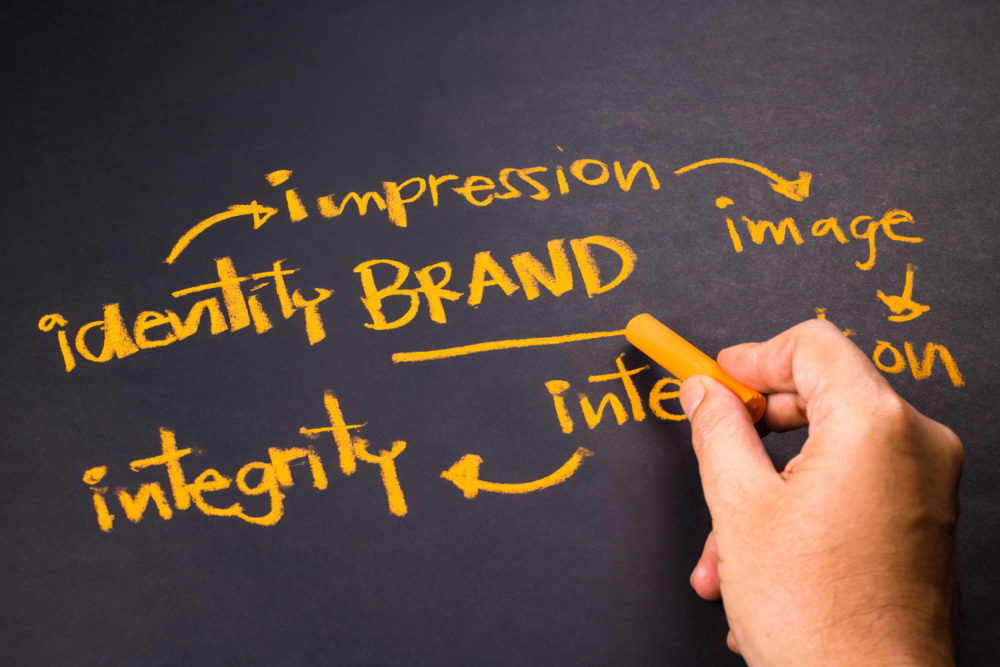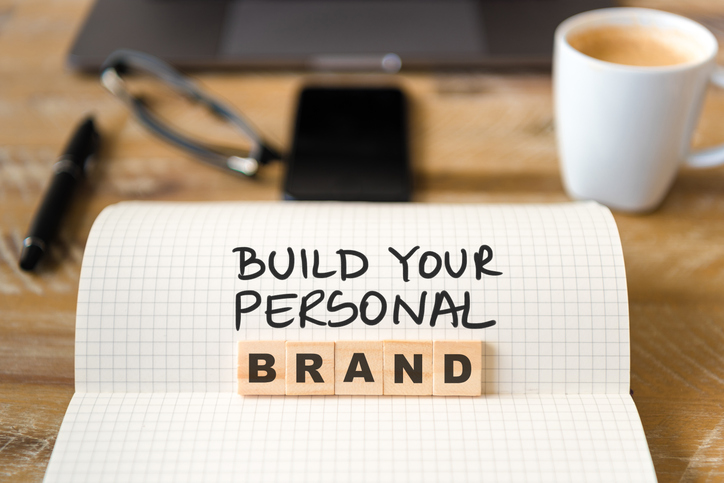Plenty of thought goes into the selection of a brand name. Whether you’re a drill-bits manufacturer, a PR agency or luxury goods brand, choosing a name and other branding elements like logos and straplines provides you with a unique chance to define your identity as a brand and heavily influence perceptions of your business and its products and/or services. Businesses often spend thousands of pounds in developing their brand identity, and so you want to make sure that consequential mistakes are avoided from the off.
The most important action to take when choosing a brand? Make sure you are free to use your chosen brand.
It might sound obvious, but there are countless examples out there of businesses that failed to check whether they were free to use their chosen name, logo or other brand elements at the outset and later regretted it. The costs of rebranding and, in some cases, damages paid to the opposing party can prove extremely damaging to a business, not to mention all the work that needs to be done to transfer the goodwill you have built up with the old brand over to a new one.
A typical example was that of a restaurant in Northern Ireland that took on the name Cipriani a few years back. The Hotel Cipriani in Venice – a resort popular with film stars and royalty and, crucially, owner of a Europe-wide trade mark on CIPRIANI for hotels, restaurants and other hospitality business – objected to the restaurant’s use of their trade mark. Faced with a court injunction, the restaurant was given four days to stop using the name.
Could this debacle have been avoided? Quite easily.
Is your trade mark valid?
Trade mark searches can be conducted to ensure your chosen name or brand is available for use with minimal risk; these are an inexpensive and essential step in starting up a new business. If your chosen name is available for use, appropriate steps should be taken to register the trade mark in the appropriate jurisdictions – just because you have a trade mark in the UK, it doesn’t mean it’s valid in another country – to ensure you maintain the right to use the mark where you need to. Having a trade mark also means you can prevent others from infringing your own chosen names, which will help prevent confusion over and dilution of your brand.
However, it is not just your choice of brand name that can aggravate trade mark holders. If you choose a logo for your brand without checking whether it is similar to any other organisation’s registered trade marks, you could find yourself in serious trouble further down the line.
When the London property agency Urban Lettings chose a silhouette of the iconic Battersea Power Station as its logo, it thought it was doing well to tap into the landmark’s standing. However, images of iconic landmarks can be protected in the same way other images can and Battersea Project Land Company, the owner of the building claimed the logo breached the trade mark it had recently registered relating to the image of the building. At the time, the owner of Urban Lettings made the decision to undergo the costly exercise of rebranding.
Check the branding details
Names, logos and straplines should all be checked before a new brand is launched. However, if it does turn out that there is another organisation out there already using some elements of the brand you want to adopt, all is not necessarily lost. Trade mark rights work according to the class of goods you register them for. This means a trade mark can be registered for musical instruments, but not for coffee and tea. Brands of the same name can co-exist. There are 45 classes in total. A good example is the trade mark METRO, owned by Tesco in class 3 for laundry and personal care products and Associated Newspapers Limited for printed publications in class 16. Further registrations are owned by German retail giant MIP Metro Group in a variety of classes. Co-existence is possible where there is no likelihood of confusion for consumers, or where the parties agree to co-exist on particular terms.
Unfortunately however, cautionary tales are not difficult to come by, as we have seen from the cases of Hotel Cipriani and Urban Lettings. Even well-known brands are not immune from trade mark issues. Because Pinterest, the US picture sharing service had not registered its name as a trade mark, it fell afoul of a trade mark registered by Alex Hearn, founder of London-based social news aggregator Premium Interest. Even though the brand was well known in the US, the EU’s trade mark office (known as OHIM) ruled that Pinterest would have to respect Mr Hearn’s trade mark. Pinterest has stated its intention to appeal the decision, but may face the prospect of rebranding in the UK and other key markets or negotiating a licence with Mr Hearn.
Whether large or small, businesses need to be aware of other’s trade mark rights. However, it is easy enough to prevent future rebranding exercises and the costly sums associated.





